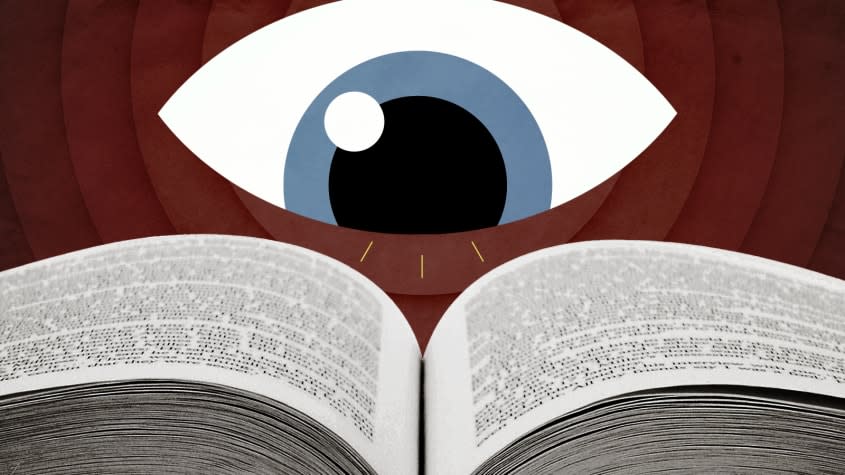Transparency is good, but it won't end the CRT debate

The next battle in the war on "critical race theory" is here. Bills recently introduced in Congress and several states would require public schools to make information about their curriculum and classroom practices available to the public.
The proposals represent a shift in strategy by the anti-CRT movement. Although they rarely lived up to their billing as outright bans, earlier efforts to discourage the introduction of certain ideas, works, or instructional practices — billed formally as diversity, equity, and inclusion programs — were open to accusations of censorship. The new emphasis on transparency is intended to evade those criticisms.
In principle, transparency is an appealing goal. There's no reason parents shouldn't be aware of instructional materials, major assignments, or the identities of outside speakers or consultants involved in educating their children. Some of that information is already available — if you have the energy to seek it out and know whom to ask or where to look. But standardized presentation on easily accessible websites would make it simpler to get an accurate sense of what's being taught.
The practice of transparency is more complicated. One risk is that mandates will create a compliance burden that will distract teachers from their classroom duties, require hiring more administrators, or both. It's not hard to compile a list of titles and links to sources that are already online. But uploading the actual content of every reading assignment or exercise and ensuring that the archive remains up to date is a big job.
Increased paperwork isn't the only problem. If all instructional materials have to be posted in advance, it's harder to deviate from the published plan — even for good instructional reasons. A likely consequence of demanding transparency requirements is more rigorously scripted instruction. That's a dubious gain for students or families.
There are also reasonable concerns about who would be able to view the information. Extending access beyond the local community will inevitably provide fodder for trolls. The risks of personal targeting and out-of-context quotes going viral suggest that there's a tradeoff between detail and accessibility. It's one thing to make classroom materials available to the parents of students who are actually enrolled in those schools or districts. It's another to offer them directly to the whole internet.
Transparency is good, then, but the details matter. On Twitter, political scientist Jeffrey Sachs compiled a list of school transparency proposals, which range from merely symbolic to seriously disruptive. If they're serious about informing parents and improving accountability, transparency advocates need to craft bills that limit administrative burdens and foil trolling. Otherwise, the effort will be just another chapter in our endless education wars.
You may also like
California deputy DA opposed to vaccine mandates dies of COVID-19

